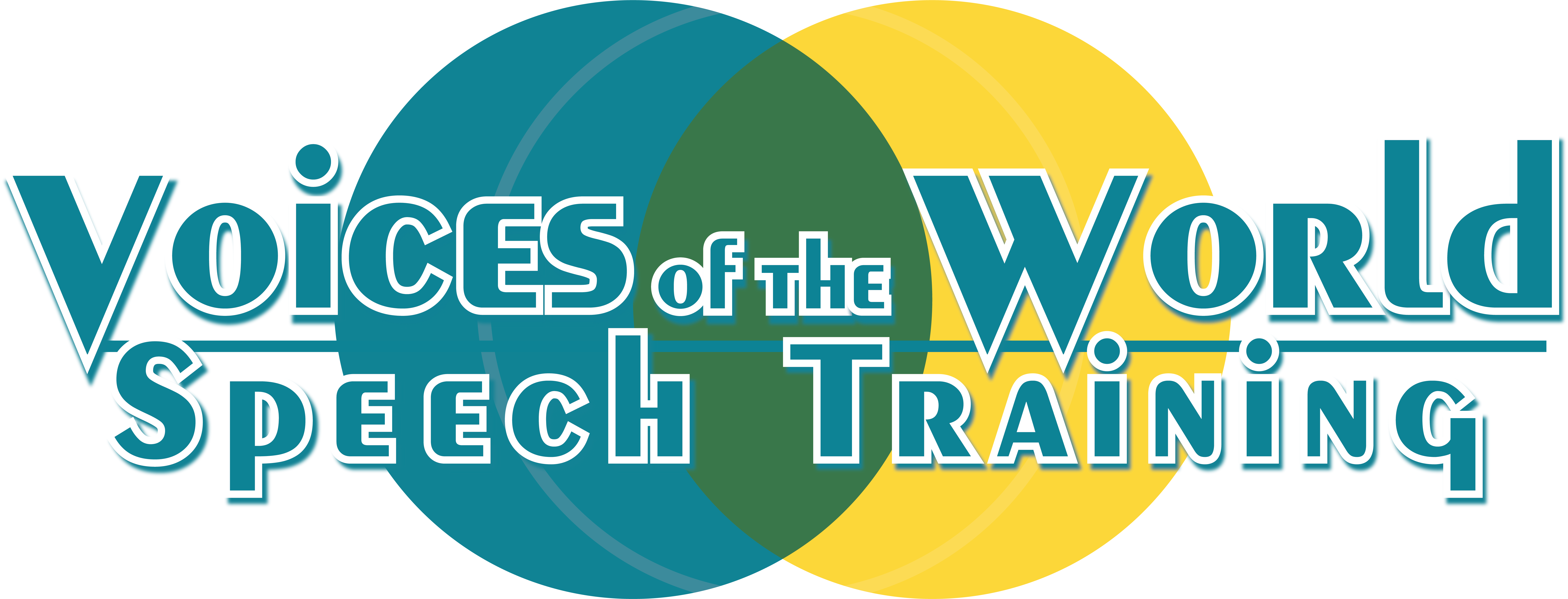09 Dec “Day” or “They”: A Tutorial on How to Pronounce the “th” Sound
Say “day” and “they” out loud… Do the words sound different? If not, you have a feature of accented English that is common across people from many different language backgrounds.
Each language has its own set of sounds. You may find that while there are many similarities between sounds in your native language and sounds in American English, there are also some sounds in American English that don’t exist in your native language. This is one of the main reasons that we hear an accent when someone speaks English as a second language. You may naturally insert the closest sound from your native language to replace the target sound in American English. Native speakers of Spanish and Indian languages often substitute a “d” or “t” sound for “th” sounds in English, making “they” sound like “day” and “thigh” sound like “tie.” Native speakers of Mandarin may substitute “s” for “th,” making “something” sound like “some sing.”
So what can you do about it? The first step is to learn how the sound you are producing differs from the sound you are trying to produce. Let’s compare and contrast “d” and “th.” There are two important differences between these sounds: placement of the tongue and airflow. When producing the “d” sound, you place the tip of your tongue on the bump or ridge behind your top front teeth. For “th,” sound, you place the tip of your tongue between your top and bottom teeth. The “d” sound is a popping sound. Air pressure builds up behind the tongue and you quickly release it in a quick burst of air. The “th” sound is a hissing or buzzing sound. The air continuously flows past the tongue; you should be able to hold out a “th” sound for a few seconds, unlike the “d” sound.
Now you are ready to try to make the “th” sound. First, place the tip of your tongue between your top and bottom teeth, then let air flow continuously past your tongue. You can use a mirror to make sure you have your tongue positioned correctly. If you find that you can’t hold out the “th” sound, you are not using continuous airflow. Keep trying until you can hold out the sound. Practice word pairs such as “tie/thigh,” “day/they,” and “sigh/thigh,” making sure that the words in each pair sound different. You can record yourself and play back the recording to see how you did.
Once you have perfected the “th” sound in word pairs, practice lists of words with “th.” You can find word lists easily on the internet. Make your own sentences containing words with the “th” sound to practice (e.g. “They thought they would go shopping on Thursday.”). Start slowly, then build up speed as you gain skill and confidence. Focus on using your new sound when reading and also in conversation. If you have a friend who is a native speaker of American English, ask him or her to listen to you practice and let you know if you are on the right track.
Best of luck with your new sound! The great thing about the “th” sound is that it is a relatively easy sound to learn. Other sounds which plague foreign-accented speakers, such as vowels and the dreaded “r” sound, often require direct and intensive instruction from a trained professional. I hope this tutorial has been helpful to you and that you were able to make a small but significant change in your speech.
